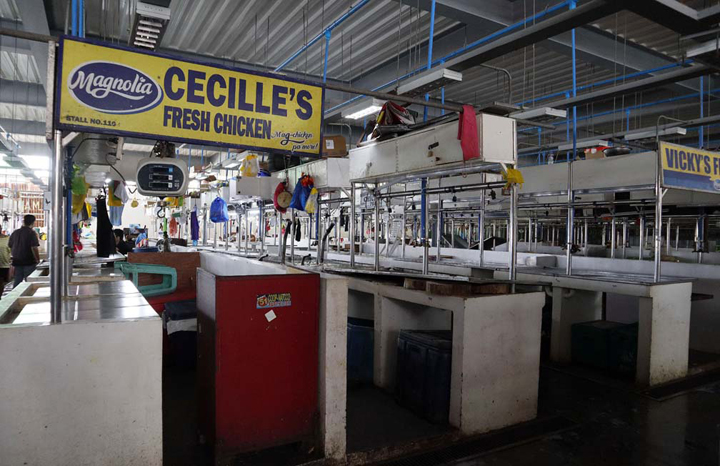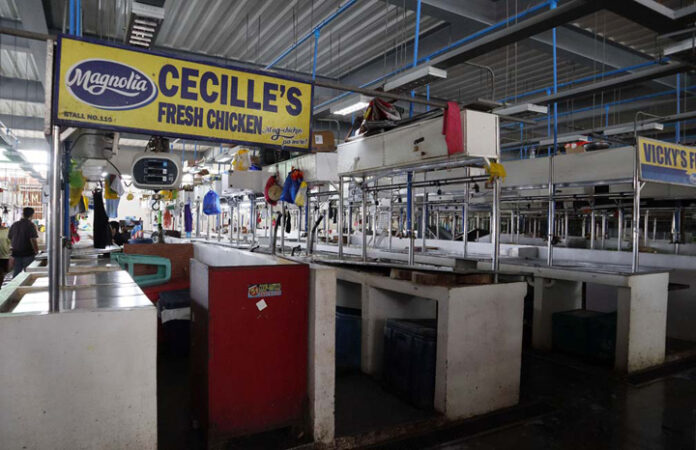
Philippine bonds are coming under threat as surging pork prices drive inflation to the highest level in two years, but support from the central bank should help limit further losses.
The spike in consumer prices has pushed real yields on the nation’s 10-year debt below zero, the only market in major emerging Asian countries with a negative reading. Philippine local bonds have started the year on a weak note, handing investors a loss of 1.4 percent in dollar terms since the end of December, a far cry from their 19 percent return in 2020.
“From a real-yield valuation perspective versus regional peers, peso bonds would not be attractive by this metric,” said Ng Kheng Siang, Asia Pacific head of fixed income at State Street Global Advisors in Singapore. “But, that doesn’t mean peso bonds will be a significant underperformer going forward.”
Ng said the “inflation shock” may turn out to be short lived given that overall domestic demand remains weak. This should allow the central bank to keep an accommodative monetary policy, limiting any increase in bond yields, he said.
The Philippines is considering tripling imports of pork and has placed a cap on prices after the African swine fever cut supplies of one of the nation’s most popular foods. The cost of pork products has risen to as high as P400 ($8.3) a kilogram in Manila from P225 last year, helping push the inflation rate to 4.2 percent last month, above the central bank’s target range of 2 percent to 4 percent.
Despite quickening inflation, the central bank believes it’s “too early” to think about raising interest rates, Governor Benjamin Diokno told Bloomberg Television this week. While consumer-price gains will remain elevated in the first half, they should taper later on in the year, he said in an interview.
Bonds are likely to be supported as the monetary authority still has room for further monetary easing by lowering the level of banks’ reserve requirements, according to Irene Cheung, senior strategist for Asia at Australia & New Zealand Banking Group Ltd. in Singapore.
“We are not overly bearish,” she said. “We continue to see multiple channels, which will contain pressure on the Philippine government bonds.”
While the central bank trimmed the reserve ratio by 200 basis points last year, it is still at 12 percent, which is more than three times that of Indonesia, Thailand and Malaysia.
Real yields are likely to turn positive again by the second half of the year as food supply bottlenecks are expected to normalize in the next few months, said Michael Enriquez, chief investment officer at Sun Life of Canada Philippines Inc. in Manila.
Stabilizing food prices should help keep the 10-year bond yield around 3 percent, and the five-year yield in a range from 2.625 percent to 2.75 percent, he said.
“We still expect rates to continue to stay low as the government wants to support the economic recovery,” Enriquez said. While there is growing concern about inflation, the central bank should also continue with its open-market operations to cushion any yield spike, he said. Bloomberg News

